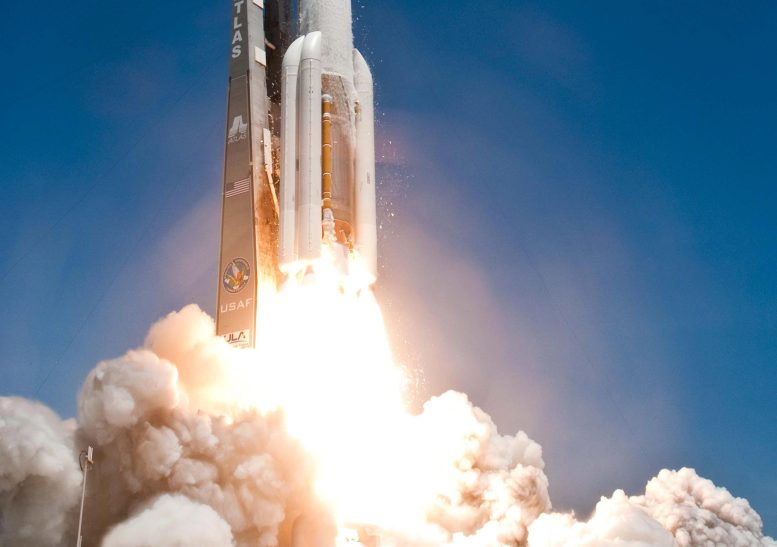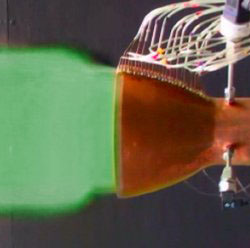
NASA is soliciting technology demonstration proposals for green propellant alternatives to the highly toxic fuel hydrazine. Credit: NASA
NASA is looking for a greener alternative for fuel instead of using highly toxic hydrazine. They are working with local American companies to develop new technology and are seeking a high-performance green propellant that will benefit the American space industry and decrease environmental hazards and pollutants.
NASA is seeking technology demonstration proposals for green propellant alternatives to the highly toxic fuel hydrazine. As NASA works with American companies to open a new era of access to space, the agency seeks innovative and transformative fuels that are less harmful to our environment.

Credit: NASA
Hydrazine is an efficient and ubiquitous propellant that can be stored for long periods of time, but is also highly corrosive and toxic. It is used extensively on commercial and defense department satellites as well as for NASA science and exploration missions. NASA is looking for an alternative that decreases environmental hazards and pollutants, has fewer operational hazards, and shortens rocket launch processing times.
“High-performance green propulsion has the potential to significantly change how we travel in space,” said Michael Gazarik, director of NASA’s Space Technology Program at the agency’s headquarters in Washington. “NASA’s Space Technology Program seeks out these sort of cross-cutting, innovative technologies to enable our future missions while also providing benefit to the American space industry. By reducing the hazards of handling fuel, we can reduce ground processing time and lower costs for rocket launches, allowing a greater community of researchers and technologists access to the high frontier.”
Beyond decreasing environmental hazards and pollutants, promising aspects of green propellants also include reduced systems complexity, fewer operational hazards, decreased launch processing times and increased propellant performance.
Maturing a space technology, such as green propellants, to mission readiness through relevant environment testing and demonstration is a significant challenge from a cost, schedule, and risk perspective. NASA has established the Technology Demonstration Missions Program to perform this function, bridging the gap between laboratory confirmation of a technology and its initial use on an operational mission.
NASA anticipates making one or more awards in response to this solicitation, with no single award exceeding $50 million. Final awards will be made based on the strength of proposals and availability of funds. The deadline for submitting proposals is April 30.









Be the first to comment on "NASA Searching for Green Propellant Technology"